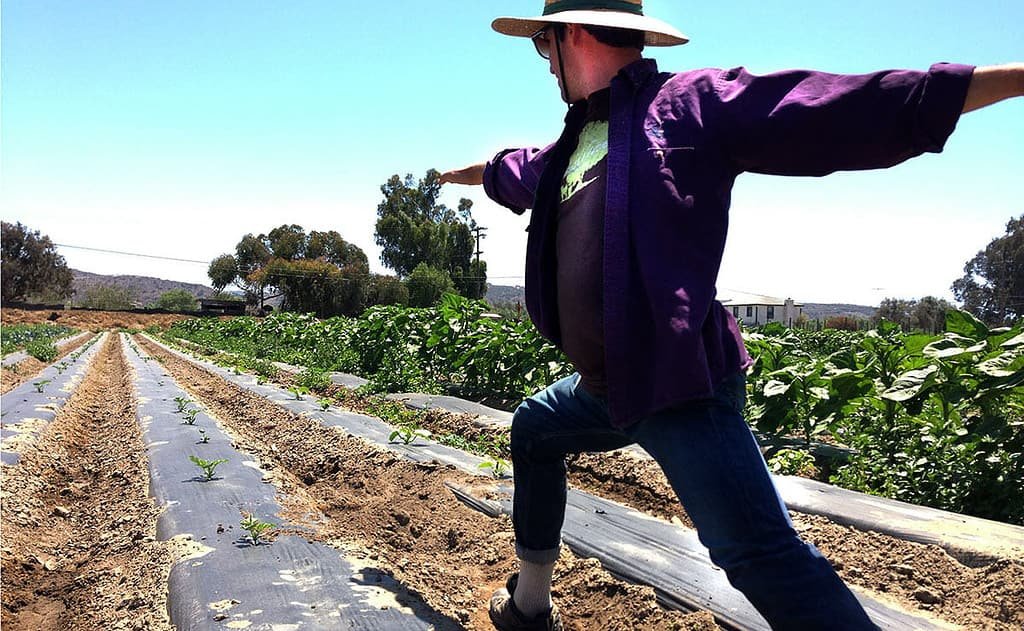Common Orchid Diseases
Is your orchid sick? There are many different reasons why your orchid may not be in great health, and a few symptoms can be signs of a much larger overall problem…
Cymbidium Mosaic Virus and Odontoglossum Ringspot Virus are two different types of orchid diseases. Cymbidium Mosaic Virus appears on the flower of the orchid as streaking or discoloration, and Odontoglossum Ringspot Virus shows upon the leaves as spotting, discoloration, and distortion.
Both of these viral infections have no known cure, so if you detect one of these viruses in your orchids you need to get rid of the plant as soon as possible so that the virus doesn’t spread to any of your other plants.
Bacterial Brown Spot is a bacterial disease that will appear on the orchid leaves as a small blister-like spot that will eventually turn brown and produce a bacterial liquid.
This is a disease that needs to be detected quite early because it can kill a plant very rapidly. Once you notice the spot you should get a sterile instrument and cut out the infected area. Once the area is cut you need to spray the area with Physan 20 or Phyton 27.
If neither of these solutions are readily available, then you can use either cinnamon or Listerine as an alternative. If this disease is not detected early, then it may have spread to the crown of the orchid and this almost always leads to orchid death.
Black Rot is an extremely contagious disease and turns parts of the orchid black. The disease usually starts on the leaves, shoots, or roots and can spread quickly, particularity when the temperature and humidity are high. To treat black rot, remove the infected tissue with a sterile tool, and spray a fungicide on the area you’ve cut.
Botrytis is a fungus that shows up as little black or light brown spots on the orchid’s flowers. To help prevent botrytis from spreading, always remove wilted blooms or those that have already fallen off of the plant.
You will want to remove any affected flowers using a sterile instrument and then spray the area where you’ve removed the bloom with a fungicide. Botrytis is contracted through leaving moisture on the flowers, usually after watering. The droplets of water left on the flowers encourage the growth of Botrytis.
Collar Rot, also known as Southern Blight, is a rapid collapse and rotting of the roots and lower parts of the leaves. The base of the orchid will turn a creamy yellow color and the other affected tissue turns brown. White fungal growth can sometimes be detected growing on the stems, pseudobulb, and leaves.
If this disease is detected early enough, you can cut the affected areas with a sterile instrument and spray with a fungicide. This fungus thrives in a warm and humid environment, so in order to prevent this disease you can keep your plant in a slightly cooler, drier spot after you treat to help reduce the likelihood of further spread.
If the collar rot is a severe case and is widespread throughout the entire plant, it is next to impossible to treat.
When trying to save your diseased plant, it is very important to never cut directly into the infected area and then cut into a healthy area, as this will spread the disease throughout the plant.
Orchids are fairly tough plants and can be revived from many different problems as long as those problems are detected early enough. By inspecting your orchid periodically, you will be able to detect those problems early on and treat the issue at its source.
Orchid Dying? Common Diseases and Remedies
One thing to remember, before you try to treat an orchid that has a disease, is to avoid cross-contamination. Disease can spread relatively quickly among plants so it is important to separate the dying orchid from your other house plants.
You should always use fresh potting medium and sterilize pots that you want to use again. You don’t want to transfer any disease to a healthy plant just because of carelessness.
There are several fungicides and bactericides available that can be used to treat orchid disease. One of these solutions is Physan 20, which acts as a disinfectant, fungicide, viricide, and algaecide. Because the solution can be used for several different purposes, you will need to mix the correct ratio of solution to water, as per the instructions on the label.
Another popular choice is Phyton 27, which is a copper-based, broad-spectrum pesticide, bactericide, and fungicide that which, after applied, is absorbed into the plant’s tissues.
There are also a few natural remedies you can use to treat a dying orchid. The first of these natural remedies is cinnamon, which has antifungal properties. The second of these natural remedies is Listerine mouth wash (original), which is a fungicide and helps to battle some orchid diseases.
The best way to prevent introducing orchid disease into your home is by inspecting the plant thoroughly before you even bring it home.
However, if you do find that your orchid is riddled with disease and is dying, as mentioned above, there are some treatments that will help you to save your orchid. By using these treatments to revive your dying orchid, you will have a huge sense of accomplishment.
Originally posted 2021-02-09 19:32:32.







